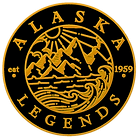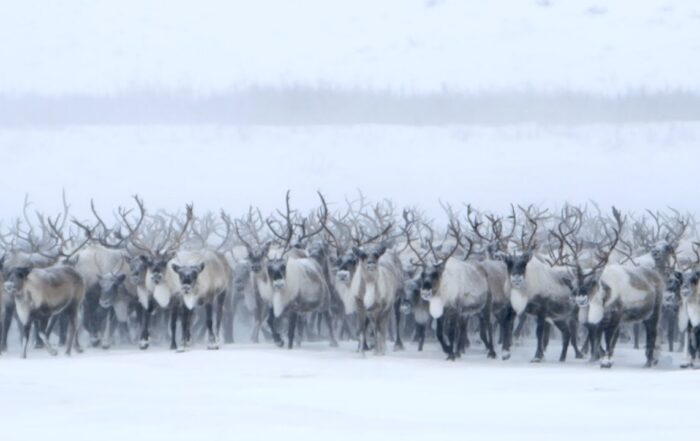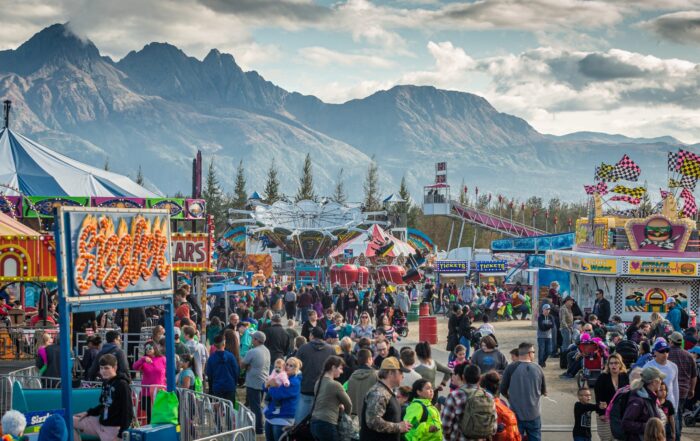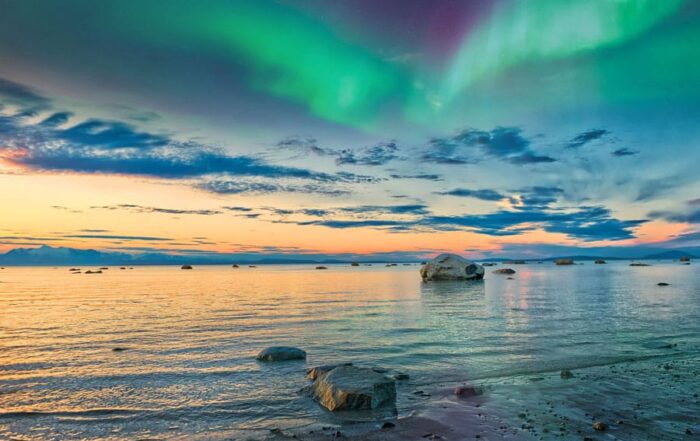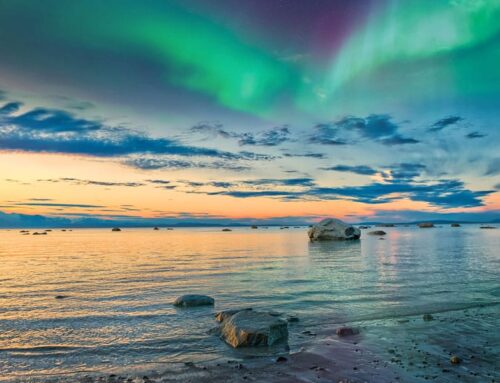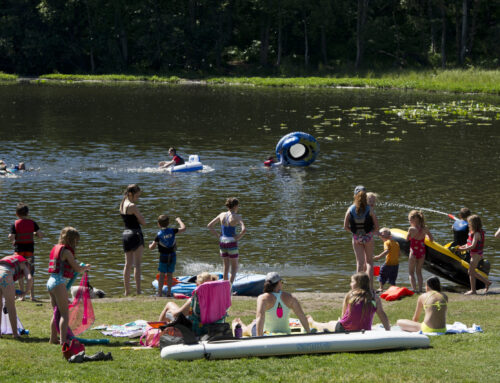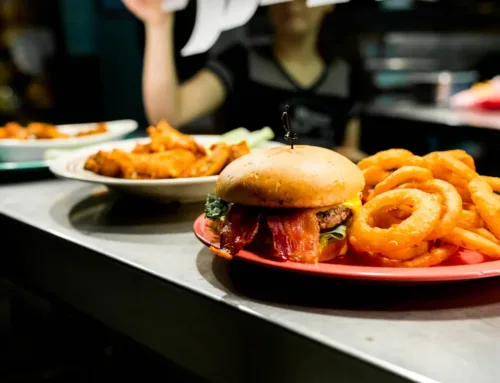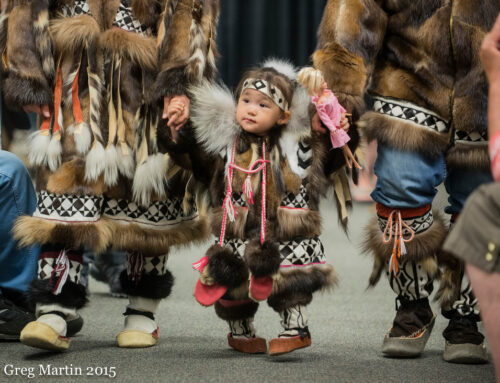Anaktuvuk Pass – Home of the Caribou and Nunamiut People
Anaktuvuk Pass, roughly 250 miles northwest of Fairbanks
Anaktuvuk Pass, located within the central Brooks Range, lies at a significant divide between the Anaktuvuk and John Rivers. Roughly 250 miles northwest of Fairbanks and about the same distance southeast of Barrow, this remote village is known for its stunning scenery. Surrounded by towering mountains and bordered by rivers and lakes, Anaktuvuk Pass is part of the Gates of the Arctic National Park and Preserve, offering a glimpse into a beautiful yet rugged part of Alaska’s North Slope.
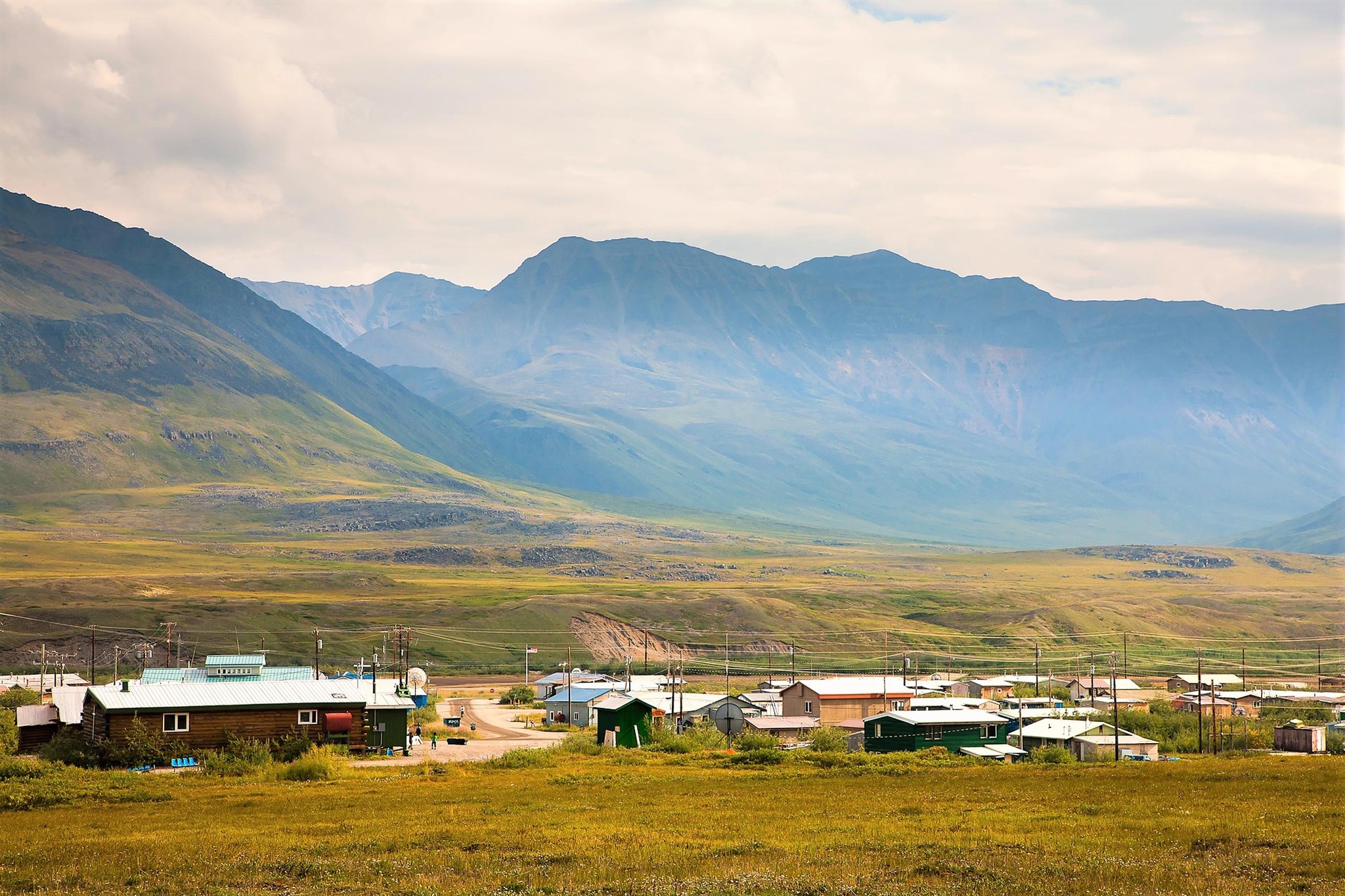
The village holds great historical importance due to its location on a traditional caribou migration route, which made it a vital settlement for the inland Iñupiat, the Nunamiut. In the early 1900s, the Nunamiut were forced to leave the Brooks Range when the caribou population declined. However, in the 1940s, some Nunamiut families returned to Anaktuvuk Pass, settling in the area whose name translates to “the place of caribou droppings.” By 1957, Anaktuvuk Pass was officially recognized as a second-class city. The village’s history and culture are preserved in a year-round museum, which features exhibits about the region’s natural and geological history. The museum also showcases artifacts such as traditional Nunamiut clothing, household goods, and hunting tools, many dating back to the time when the Nunamiut first encountered Western settlers.
Economically, the community of Anaktuvuk Pass relies heavily on subsistence hunting, particularly of caribou. The public sector provides most jobs in the village, employing 76% of the workforce. In addition, many residents craft and sell caribou skin masks and carvings, a tradition that reflects the community’s deep connection to its cultural heritage. Despite being part of Gates of the Arctic National Park, Anaktuvuk Pass is a community with a long history of human habitation. Although many envision the park as untouched wilderness, people have lived and traveled in this area for thousands of years. An agreement made when the park was created ensured that the village would remain within its boundaries, allowing the Nunamiut people to continue many of their traditional practices, such as following the seasonal migration of caribou, which has shaped their way of life for generations.
During the 1940s, the Nunamiut way of life began to shift with increased contact with outsiders. Trade brought new goods like firearms, ammunition, and food, which the Nunamiut acquired by trading animal pelts, such as wolf hides. The pilot Sigurd Wien played a key role in convincing families from Chandler Lake to move to the Anaktuvuk Valley, offering better air service and the possibility of schooling for their children. By 1949, families from Chandler Lake and the Killik River had founded the village of Anaktuvuk Pass near the headwaters of the John River. Soon after, the community established a school, airstrip, and church.
A major change came to the village during the winter of 1968-69 when an “ice road” was built through Anaktuvuk Pass to connect oil fields on the North Slope. For six weeks, trucks and bulldozers rumbled through the village, ending its isolation and forever changing its connection to the outside world. Even today, caribou remain a primary food source for the residents of Anaktuvuk Pass, though they also hunt Dall sheep and fish for species like trout and grayling. Additionally, waterfowl and ptarmigan are harvested, and coastal trade for seal and whale products, including blubber and meat, continues to support their subsistence lifestyle. Discussions about creating a national park in the central Brooks Range began in the early 1960s. By 1968, a team from the National Park Service recommended setting aside 4.1 million acres for what would become Gates of the Arctic National Park. While the early proposals excluded Anaktuvuk Pass and the nearby John River valley, the development of the ice road during this time made locals realize the potential for outside development. This recognition ultimately led to the village being included within the park’s boundaries, protecting the land and preserving their way of life.
Photos courtesy of Photos courtesy of Anchorage Museum of History & Art, Vital Impacts, Alaska Digital Archives, Alaska Department of Fish & Game, The National Park Service and www.alaska.org
